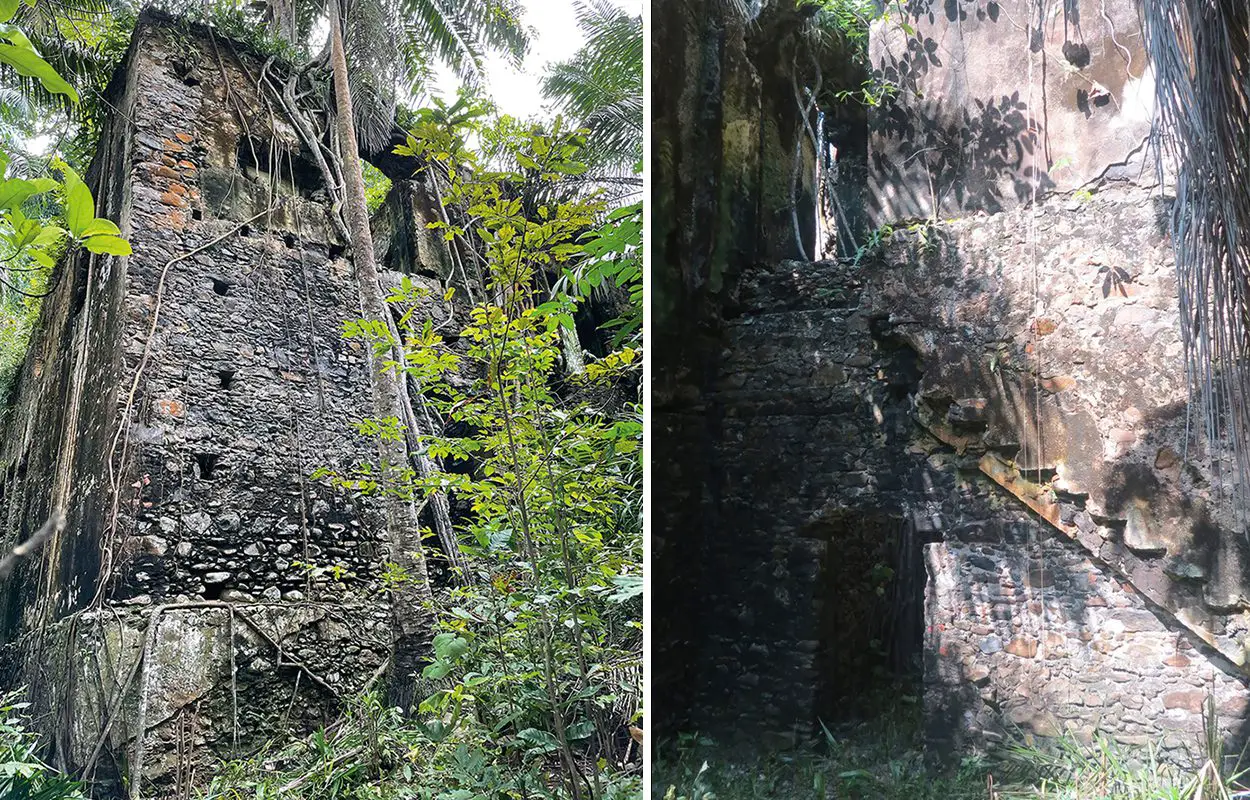Archaeologists conducting excavations at a 16th century sugar plantation estate on São Tomé island have uncovered the material culture of slavery.
São Tomé is an island located in the Central African country of São Tomé and Príncipe. Its name is Portuguese for “Saint Thomas and Prince”, having first been settled by the Portuguese following the island’s discovery in 1470.
By the 1530’s, the colony of São Tomé emerged as the largest producer of sugar globally, and relied on a labour force of enslaved Africans from the Slave Coast of West Africa, the Niger Delta, the island of Fernando Po, and later from the Kongo and Angola.
São Tomé was the first tropical plantation economy based on sugar and slave labour, acting as a blueprint for the plantations and plantation economies across the Americas. However, the economic success of São Tomé was short lived, as competition with Brazil in combination with frequent insurrections by enslaved people, meant that the plantation’s profits had suffered major losses by the early 17th century.
Archaeologists from the University of Cologne, and the Centre for African Studies at the University of Porto (CEAUP), have been conduction a study of the Praia Melão, São Tomé’s largest sugar mill and estate from the 16th century
The sugar mill and estate house (a single building) is located near the Ribeiro Manuel Jorge, which flows easterly to the Gulf of Guinea, south of the village of Praia Melão.
The magnitude of the structure mirrors the substantial enslaved workforce that laboured within the primary workspace. Particularly significant are the windows of the building, strategically crafted to offer an unobstructed view of the working zones, facilitating surveillance to enforce productivity, prevent escape, and uprising.
The surviving building is two storey high with a rectangular plan, divided into three rooms. Ceramics, particularly sugar moulds, are found in large quantities across the site, in both the ground and embedded into walls.
X-ray fluorescence—a technique used to determine elemental composition of materials—allowed their origins to be determined. In this case, three sherds of moulds were analyzed and it was discovered that they were made in the Aveiro-Ovar region, Portugal, a major centre for ceramic production at the time.
According to the researchers: “Importantly, these findings display how the plantation economic model later applied in the Americas originated, and the long-distance connections required to facilitate its success. As such, this study could have dramatic implications for our understanding of colonial history.”
https://doi.org/10.15184/aqy.2023.113
Header Image Credit : Antiquity







